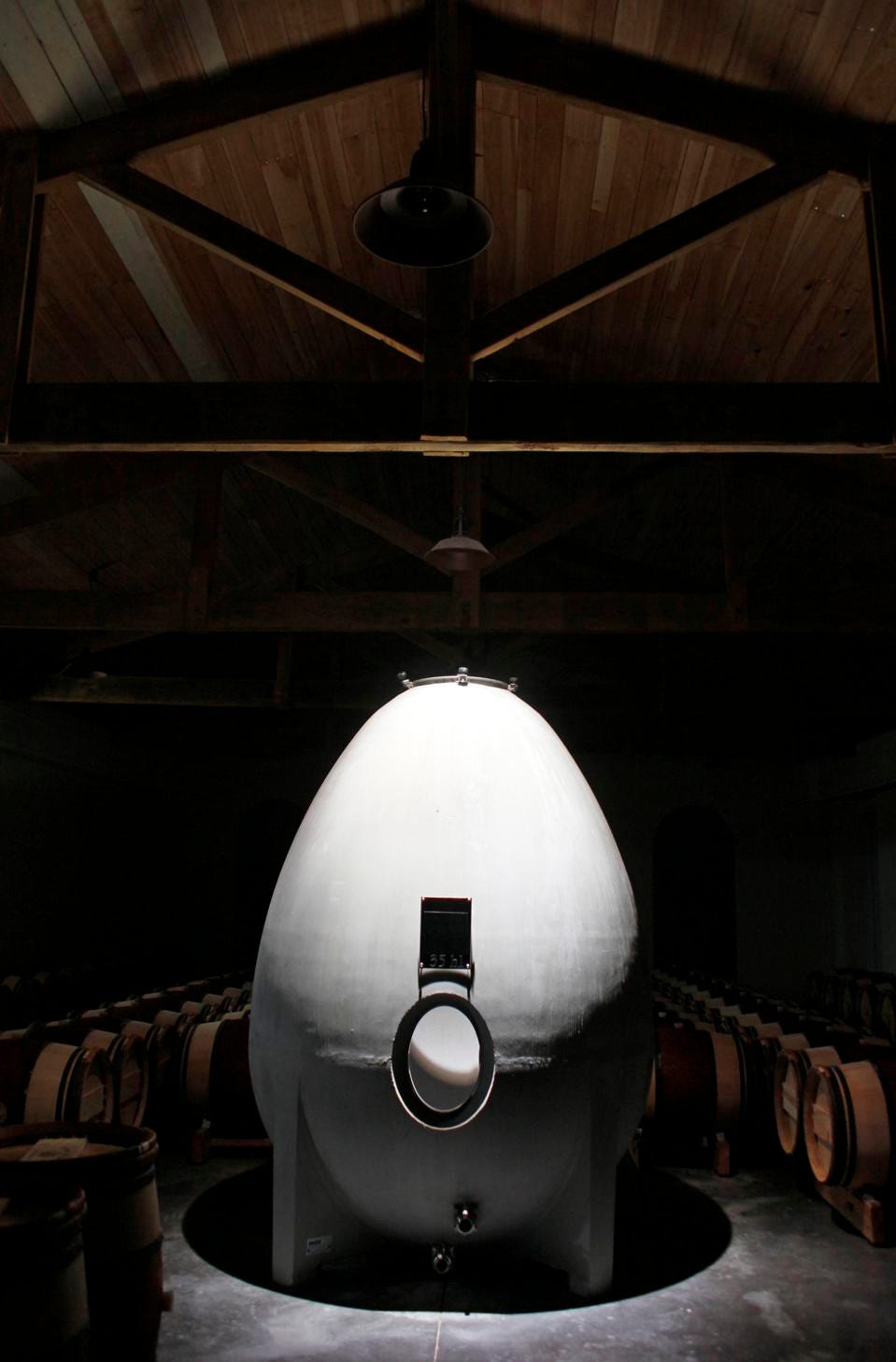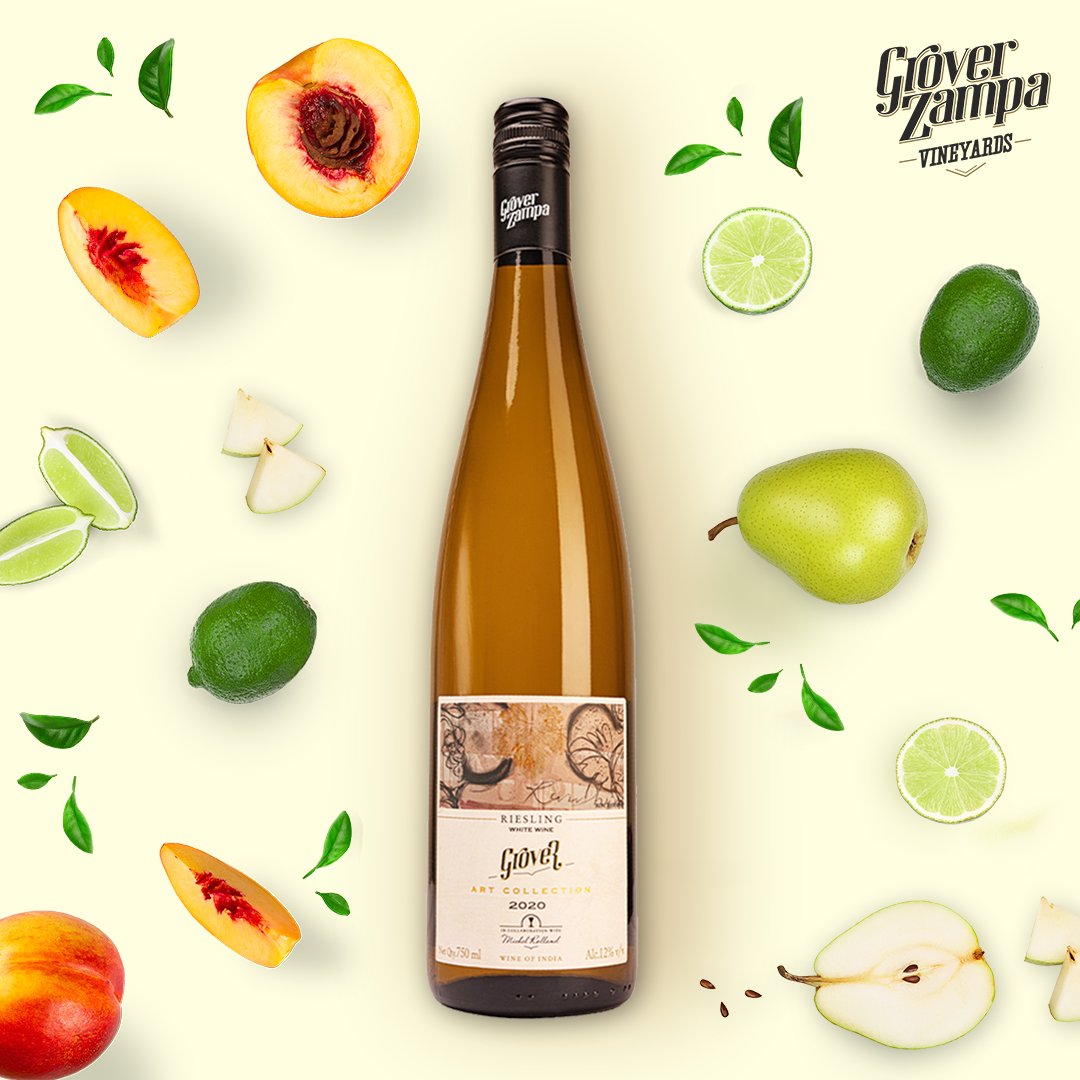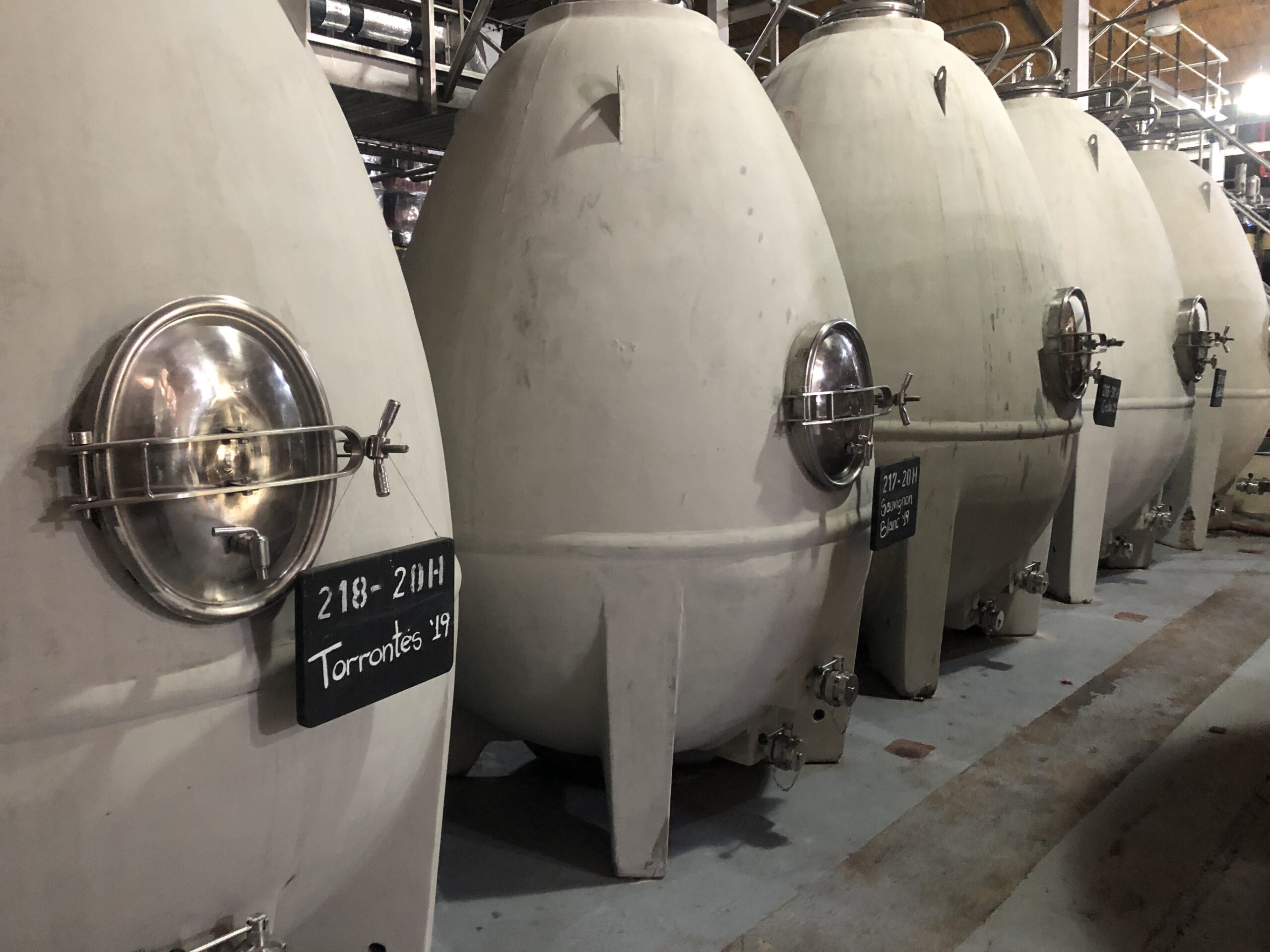Cast in Concrete: ancient winemaking technique makes a trendy comeback!
Winemakers have long regarded French oak barrels as the supreme choice for maturing wines. But as new techniques emerge and make way for alternative choices, producers are revisiting an ancient trend of using concrete, egg-shaped vessels for fermenting and ageing their wines.
Whats the big deal about them?
Sommelier Devati Mallick ‘egg’-splores…
By: Devati Mallick
As published in Spiritz Magazine, May 2022
Is it a historical relic? Is it a spaceship from the future? Is it something out of a video game? Nope! These oval, egg-shaped, concrete fermenters you see here is what everyone in the wine world is talking about, and chances are that you might just spot them at your next winery visit! But why are the cool winemakers so excited about it? It is, after all, not something that has sprung out of nowhere in recent times, but instead, an age-old practise that dates back many thousands of years to Georgian-Roman times. Long before oak barrels were invented for storing and transporting wines!

Oak is still a popular choice.
When it comes to the more mainstream option of oak – it has its own set of advantages. In addition to making it easier to store and transport them, it imparts the distinctive ‘oakiness’ to wines, along with the slow passing of oxygen that over time, softens the tannins, tweaks and matures the flavours of the wine within. But there is also a growing ask for a more non-reactive medium that would help in ageing of wines without adding flavours of its own. Stainless steel tanks are popularly used for fermenting and storing wines, as they retain a lot of the wine’s natural, fresh flavours, but it does not allow for any oxygen to pass through. Enter the concrete egg fermenters!
Concrete tanks are commonly used for ageing wines, but what’s all the rage about the egg-shaped ones? As is the case with most trending things, it is currently living its best life owing to the cloud of mystery around it. Everyone wants to try it. Everyone wants a taste of it. But before we delve any deeper into what really makes it click, it should be said that their effects haven’t been scientifically proven – yet. Nevertheless, winemakers are eager to explore all the unique benefits that concrete eggs could possibly have to offer – the magic, after all, is in the shape, really!
“Because of the egg’s distinctive oval shape and lack of corners, the wine naturally moves around in circles inside the egg during fermentation, creating a sort of a current.”
How does it work exactly?
Simply put, the theory remains that because of the egg’s distinctive oval shape and lack of corners, the wine naturally moves around in circles inside the egg during fermentation, creating a sort of a current. After fermentation is complete, the dead yeast or ‘lees’ also moves around while being in suspension. Winemakers believe that this adds a layer of fair complexity to the wines. Being semi-porous, concrete exposes the wine to oxygen at a slow, steady rate. This helps in softening the tannins, rounding off the harsh acidity, and preserving the wine’s natural, fresh fruit character. So texture, complexity, and flavour are our keywords here.
But what does this mean for the end consumer? Well, like almost every thing related to wines, it all boils down to the subjective (and sensitive!) matter of personal taste. I’d say by all means, go ahead and try it! Or compare it by tasting it alongside wines of the same grape, aged in oak versus in stainless steel tanks, and decide for yourself. If nothing else, you’d have three stellar bottles of wine to taste, an unbiased opinion, and ooh – so much to discover!

India has made its first concrete egg fermented wine
And guess what – you won’t have to go too far looking for it. Pioneering Indian wine producers, Grover Zampa, recently released a Riesling as the latest addition to their Art Collection range. They’re the first in the country to experiment with winemaking in concrete egg vessels, fermenting and ageing this Riesling in them for six months. What’s on offer is a dry, aromatic white wine with subtle perfumed florals on the nose, a lean and refreshing palate reminiscent of fresh citrus, pears, apricots and a touch of mineraliness. What’s not to love? Priced at INR 900-920 between Delhi, Mumbai and Bangalore, try it for a vibrant new take on this celebrated and dynamic varietal.
Coming back to concrete eggs, and as fascinating as they may appear in recent years, there is no debating the fact that they never truly disappeared from historical times. It can still be found in wineries in Greece and Rome, and has a strong foundation in Chile and Argentina. It is common to see an endless lair of such ‘eggs’ lined up in the winery of top Argentinian producer Zuccardi Valle de Uco, as seen in the picture here.

What led to calling it a ‘comeback’ trend then, all of a sudden? As iconic as everything is with French wine producer Michel Chapoutier, he claimed to have redesigned and produced the modern concrete egg back in 2001. He did this with the help of Nomblot, a French company that specialised in manufacturing concrete tanks. As someone who pioneered biodynamic viticulture, he also believed that the egg shape evoked celestial powers! Although most winemakers did not share this conviction, as word spread and excitement grew, it stirred up the wine world pretty soon after, and eventually, winemakers started experimenting with this innovative technique. The rest is history.
“Michel Chapoutier claimed to have redesigned and produced the modern concrete egg back in 2001, with the help of Nomblot, a French company that specialised in manufacturing concrete tanks.”
As you might have guessed, they don’t come cheap.
It does come with some damage though. The downside is that concrete eggs aren’t cheap in any way when compared to oak or stainless steel. Commonly made in two sizes – 6hL and 16hL, transport and storage costs are significantly high too. They do last longer than barrels, making it economical in the long run. But it surely is a ‘concrete’ fact that it gives the winery the perfect Instagram-friendly glamour, and is something new to look forward to for enthusiasts visiting them!
Is it sealed in concrete yet? Only time will tell..
As consumers and wine enthusiasts, it’s interesting to explore these styles. It is also a way to reflect on how terroir and winemaking practices come together in harmony to create the ever-evolving taste of wines. As winemakers, they are always on the lookout for innovative winemaking practices, whether it’s using amphoras, oak barrels, stainless steel, or concrete tanks. I guess they never put all of their ‘eggs’ in one basket! And while some winemakers dismiss the idea of concrete egg fermenters, some embrace it with high regard for its benefits. Only time will tell if they are here to stay, or nonchalantly waft away into history yet again..
